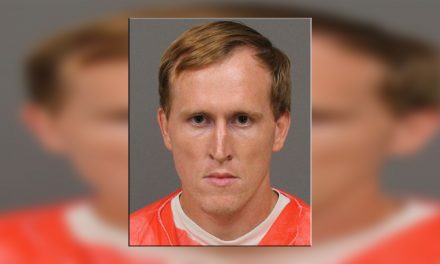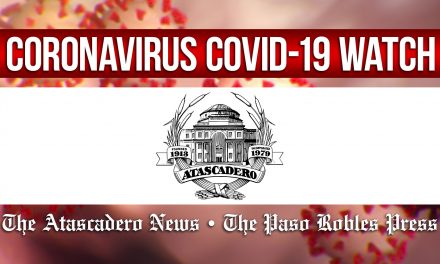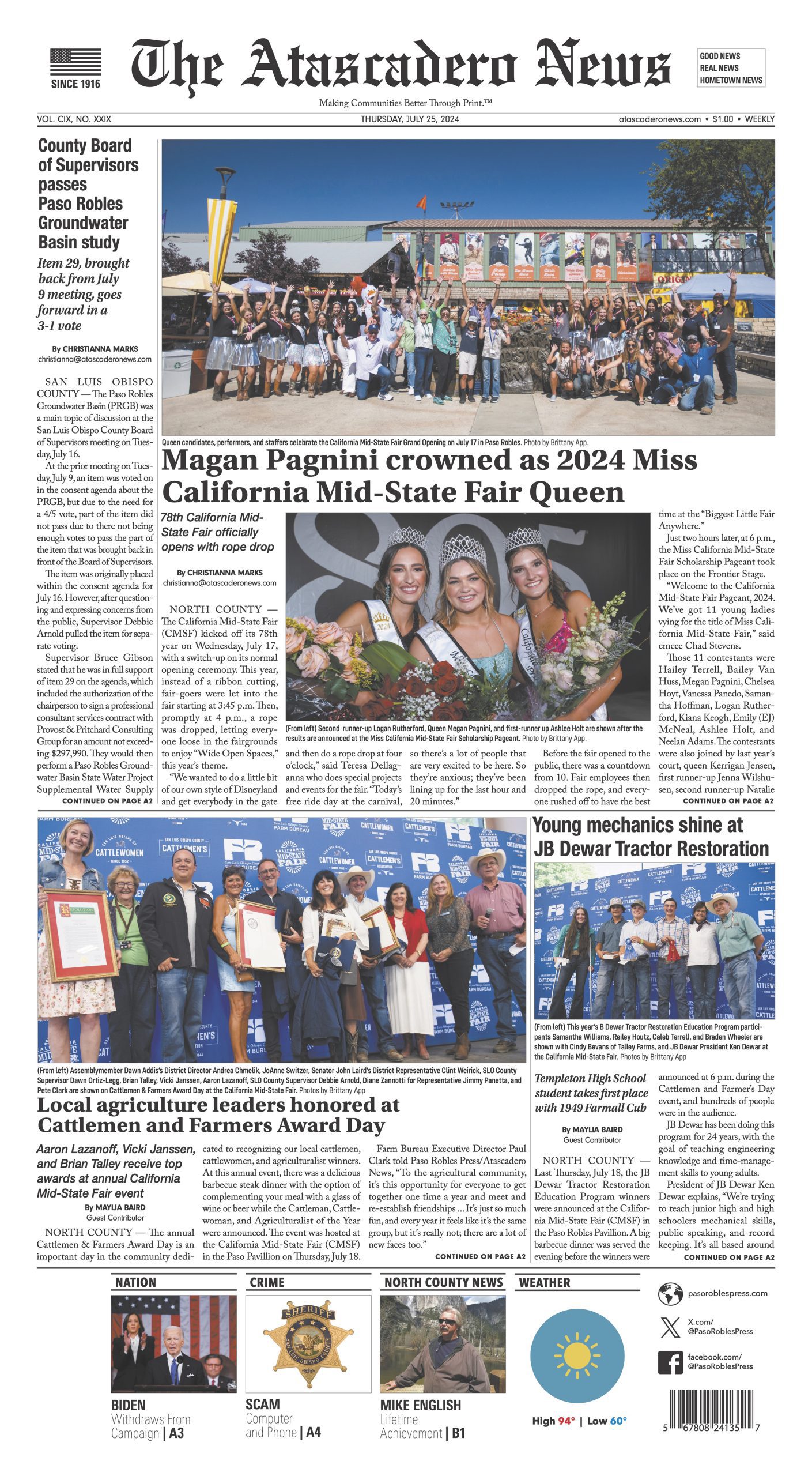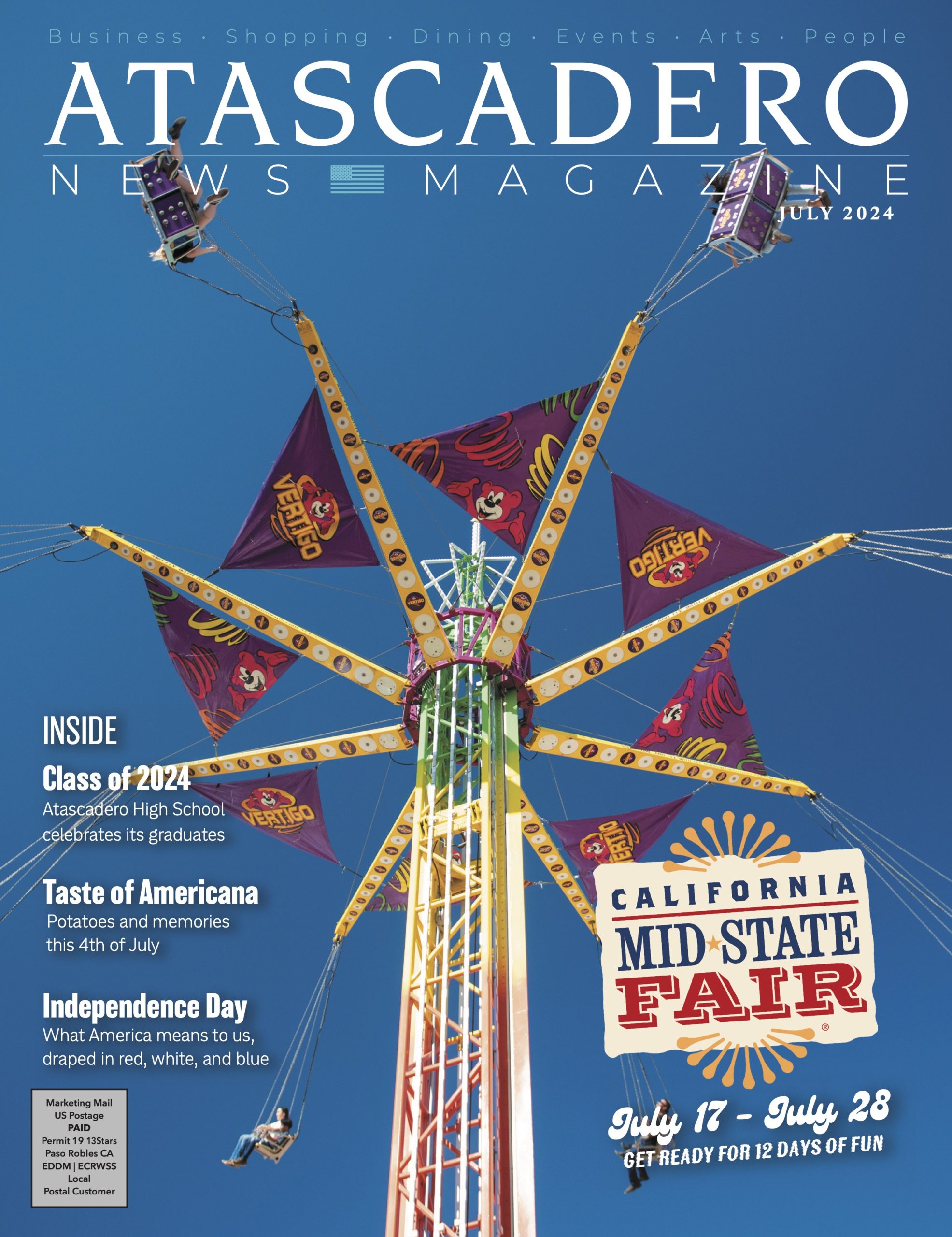The San Luis Obispo Board of Supervisors took its first step in addressing water use concerns the in northwest portion of Paso Robles, known as Adelaida. In response to persistent concerns voiced by residents about water use and sustainability, the board unanimously passed a motion to employ the United States Geological Survey to study the area.
Water derived from drilling in the area does not come from the Paso Robles Groundwater Basin but from pockets located in its fractured bedrock. Finding water in fractured bedrock possess significant challenges. Basins act similar to an underground lake, allowing wells to draw water as long as they are below the waterline, whereas trying to find water caught in pockets of fractured rock is more akin to drilling for oil.
Currently, Adelaida is roughly defined as the land west of Paso Robles and Templeton that extends south from Lake Nacimiento to Santa Rita Road. However, the Adelaida District as defined by the America Viticultural Area is much smaller at an estimated at 883 acres and is home to 30 wineries, one of which is Justin Vineyards & Winery which drew public outrage for clearcutting 100 acres of oak tree and was cited by SLO County for illegal land grading. The board authorized the USGS to complete the first portion of a five-stage project that involves compiling existing data and defining the borders of the area.
City staff estimated the cost for the first stage at $64,238 and year to complete. The board also included the development of an information website in the project at the recommendation of Geoff Cromwell from the California Science Center of the USGS.
“There’s a lot of fear in this community in the Adelaida area,” said Supervisor John Peschong. “A lot of it has come from people who have moved in over the last [few] years, drilled deep wells and then we also had a drought and that combined to have an effect on people’s homes.”
Supervisor Bruce Gibson chimed in, supporting the project and asked that the defined study area be as broad as reasonably possible and be determined by the USGS.
The overall five-year study would cost $592,824 and would include collecting new groundwater date, analyzing hydrologic systems and developing a comprehensive USGS report. Once completed, the board of supervisors can use the findings to determine how to govern water use and drilling in the area.














